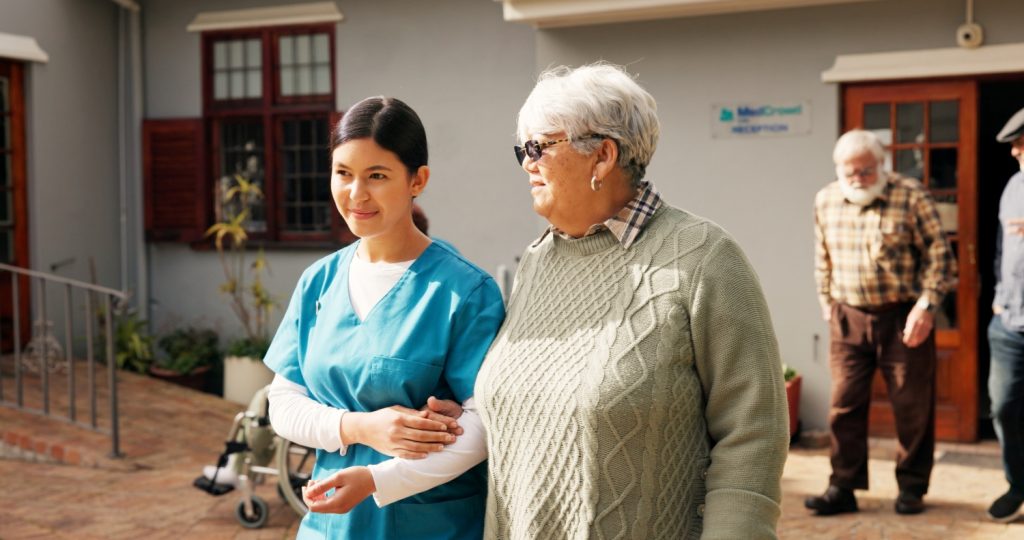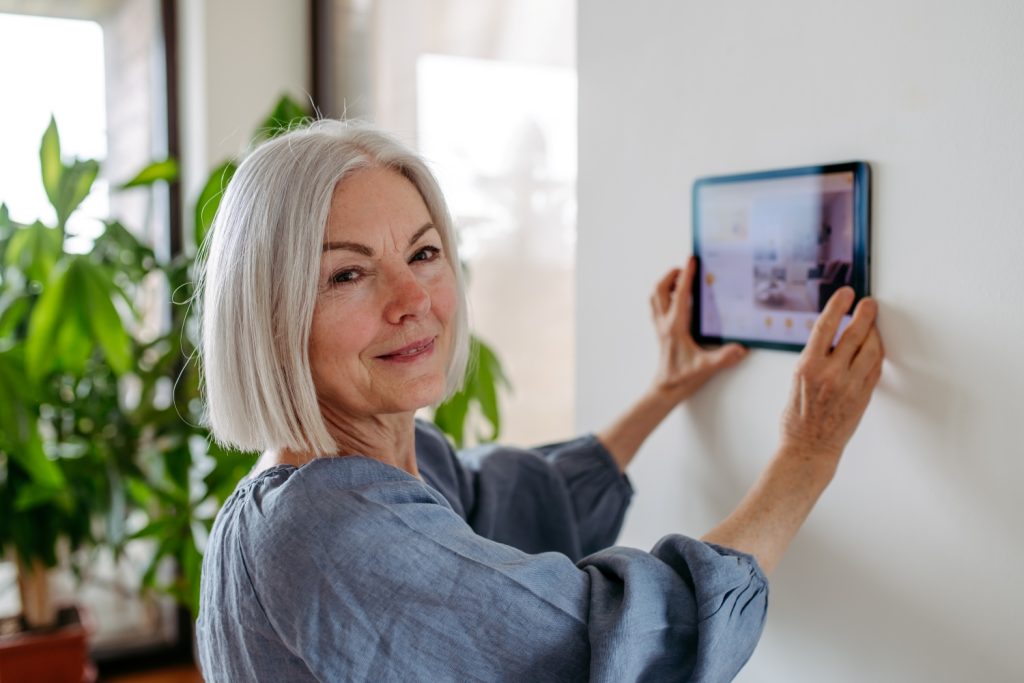Let’s be honest, talking about sex in a care home can feel a little … awkward. Not just for families and residents, but for staff, too. But it really shouldn’t. With a few subtle actions, care facilities can support sexual wellness in ways that help everyone involved gradually normalize residents’ need for intimacy and connection. And let us not forget that intimacy and sexuality look different for everyone, including older adults with dementia, older adults from different cultural and religious backgrounds, and LGBTQIA+ older adults.
So how can care facilities do a better job of supporting this—without getting overwhelmed or uncomfortable? Here are five ways to get started, in a real and approachable way.
1. Just Start Talking About It
The best way to normalize something? Talk about it. Bring up sexual wellness and intimacy in staff meetings, training, or even casual check-ins. Staff might presume they have to be an expert to talk about it, but they only need to be open to the idea and curious. The goal isn’t to make everyone a sex educator—it’s to help staff understand that intimacy is normal and valuable, even (and especially) as people age. When management openly brings up intimacy—even in a casual way—it demonstrates to staff, family and residents that it is OK to talk about it.
Idea: Host a “Real Talk” lunch session where staff can anonymously ask questions or hear from a guest speaker who specializes in aging and sexuality.
2. Think Beyond Sex
Sexuality isn’t just about sex. It’s about touch, connection, closeness and identity. For many residents, it could mean holding hands, getting a hug, cuddling with a partner, or being able to dress and express themselves in a way that feels authentic. For residents of a care facility who don’t have a partner or spouse, it might be the only way to be seen and touched, or simply an affirmation of who they are. Recognizing the need for connection starts with allowing expression, in whatever shape or form that takes.
Idea: Offer gentle-touch massage or create a cozy space (semi-private) for residents to reconnect either with a partner or on their own . Small offerings like this go a long way toward making residents feel more comfortable.
‘Look around the facility—does its environment support privacy and dignity?’
3. Celebrate Relationships
Love doesn’t retire. Residents form deep bonds, romantic or otherwise—and that’s something to honor, not avoid. Celebrating the connections residents have formed in a meaningful way allows them to further nurture those relationships. At the same time, it gives staff an opportunity to support these important aspects of the residents’ lives.
Idea: Host a Valentine’s Day dance, a “Love Stories” open mic, or a friendship brunch. Make it fun, light and meaningful.
4. Set the Scene for Privacy and Respect
Look around the facility—does its environment support privacy and dignity? Do doors have locks? Are staff trained to knock before entering? Can residents access sexual health supplies if they want them? Even signage can help show the importance of residents’ autonomy and privacy.
Idea: Small changes make a big difference: Items like door signs, a little privacy-friendly furniture, a separate (semi-private) space for people to develop a connection or even offering couples a double bed can send the message: “We see you, and we support your whole self.”
5. Have an Actual Plan
Let’s be real—more often than not staff only talk about sexuality when there’s a problem: a behavior concern, a consent question, or a family complaint. But reacting only when something goes wrong can create shame, confusion and inconsistent responses that often lead to suppressing residents’ sexual expression. Therefore, it is paramount to have a plan. The plan must include clear guidelines that support residents’ right to intimacy and at the same time provide staff with guidance on how to navigate sexual issues that arise. Staff training can further focus on how to implement the guidelines, respond in a proactive manner and, most importantly, with sympathy and compassion for the person the resident is.
Idea: Create a simple, respectful policy or guide that explains how your community supports residents’ rights to intimacy, how to navigate consent, and what staff should do when questions come up. In addition to guidelines, staff training on sexual health for older adults is essential.
Bottom Line: Let’s Normalize Talking About This
Supporting sexual wellness in care homes is about making people feel human. When we create space for connection, affection, and self-expression, we create better lives for everyone. So, let’s keep the conversation going. Let’s make it okay to talk about sex as older adults without shame, without giggling, and without looking away.
When care facilities have a plan, they don’t just prevent panic and chaos—they show respect, dignity, and care for the whole person.
My advice would be to simply start by talking about residents’ sexuality with staff. Together, staff and management can reflect on what is happening in the care organization. And whatever changes that are needed, start small. Most importantly, no one needs all the answers right away, just ask the questions and listen!
Nathalie Huitema, PhD, is a registered sexologist in the United States an AASECT sex educator—and trained as a psychologist in the Netherlands. She has worked in nursing homes and care facilities for more than 25 years.
Photo credit: Shutterstock/Art_Photo













